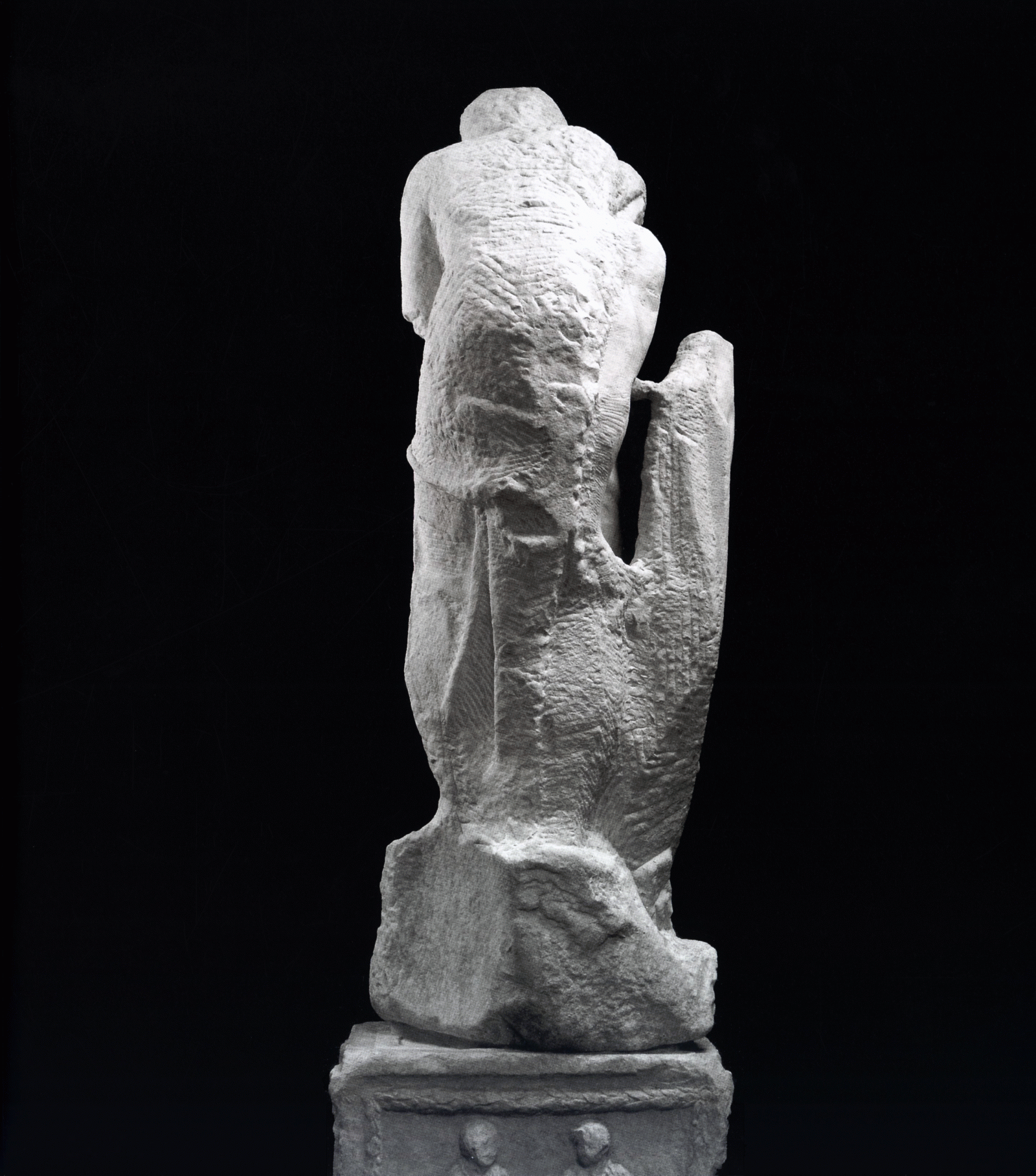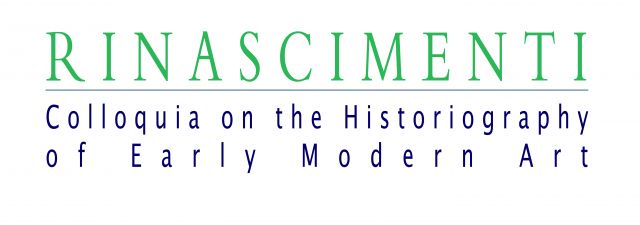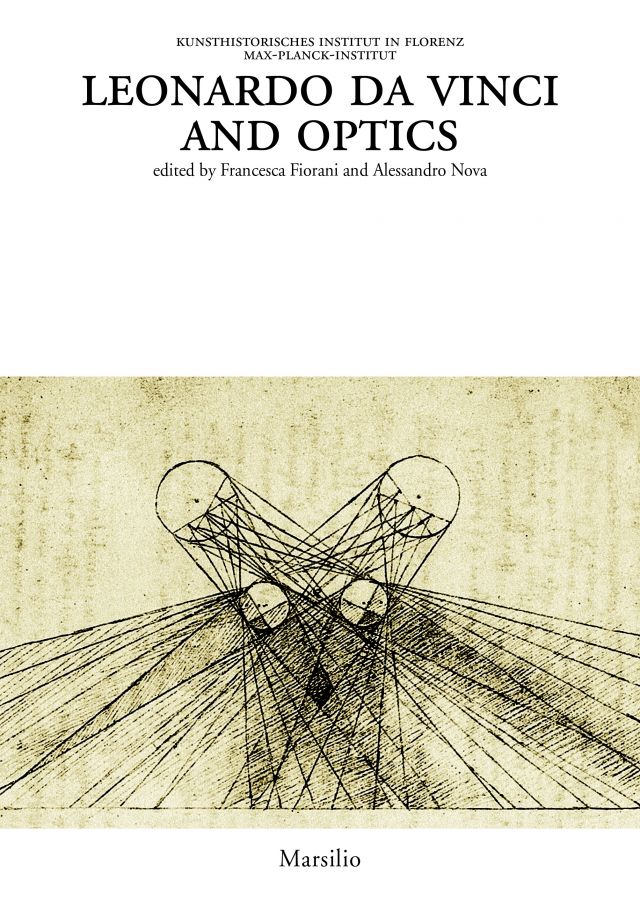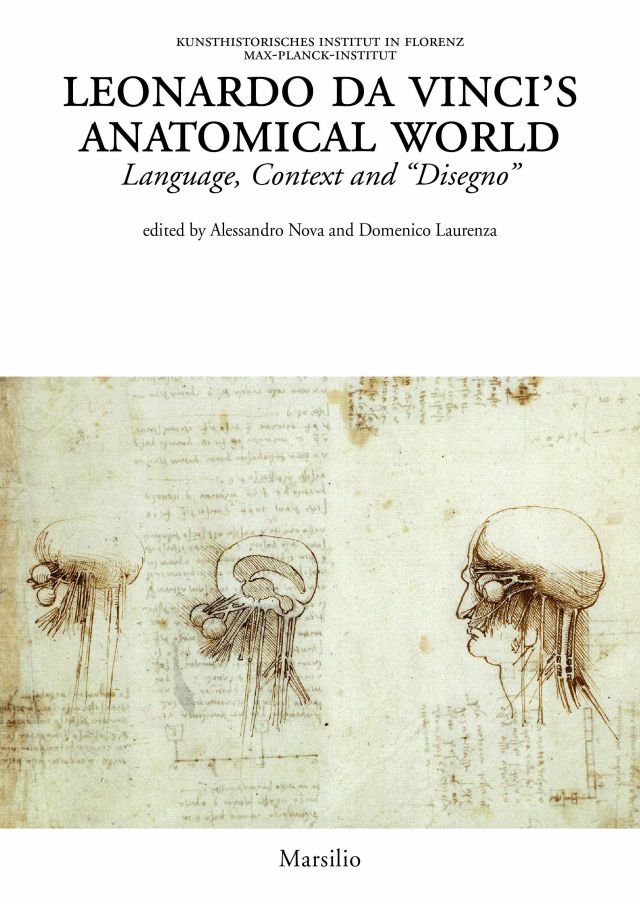Ricerca
Rinascimento conteso
Francesca Borgo, Dario Donetti, Fabian Jonietz, Rodolfo Maffeis, Tommaso Mozzati, Alessandro Nova, Jasmin Kreszentia Sawicki, Katharine Stahlbuhk

Michelangelo Buonarroti: Pietà Rondanini, 1552–64. Milan, Castello Sforzesco (Photo: Abbrescia Santinelli)
What does it entail to work on mainstream early modern Italian art within an increasingly expansive art history? Can such research yield theoretical models relevant to the present day? Far from asserting a privileged claim over themes such as modernity, individuality, or style, Rinascimento conteso cultivates a plurality of approaches, highlighting tensions, ruptures, and erosions in a constant shift between continuity and discontinuity with other historical periods. Long before the recent flourishing of debates on temporality and canonicity, scholars had explored questions of chronology beyond mere issues of periodization and revealed eccentric trends that undermined the nineteenth-century conceptualization of the period. On the one hand, instead of confining itself to the historical, sociological, or theoretical contextualization of early modern art, our project seeks to provide innovative ways of looking at Renaissance artifacts as motivated by the evolving history of the concept. On the other, the project opens new methodological avenues, bringing an awareness of the layered historiographical discourse the Renaissance has inspired to a productive exchange with other fields. By considering the Italian Renaissance as a profoundly polyphonic, discordant, and contradictory period, Rinascimento conteso intends to engage with an intellectual apparatus that enables a balanced and complex analysis of art history's present.
-
From Battleground to Pictorial Field. Representing War in the Italian Renaissance
Francesca Borgo
-
Francesco da Sangallo and the Identity of Tuscan Architecture
Dario Donetti
-
Carl Frey (1857–1917): Contesting Methodologies in Renaissance Studies around 1900
Fabian Jonietz
-
Leonardo, the Observation of the Cosmos, and Renaissance Culture
Rodolfo Maffeis
-
The Art and Patronage of the Hermits of Saint Augustine: The Florentine Monastery outside the Porta San Gallo
Tommaso Mozzati
-
The Value and Limits of the Analogical Method in the Work of Leonardo da Vinci
Alessandro Nova
-
Genesis and Deployment of New Pictorial Forms for Saints in 15th and 16th-century Italy
Jasmin Kreszentia Sawicki





